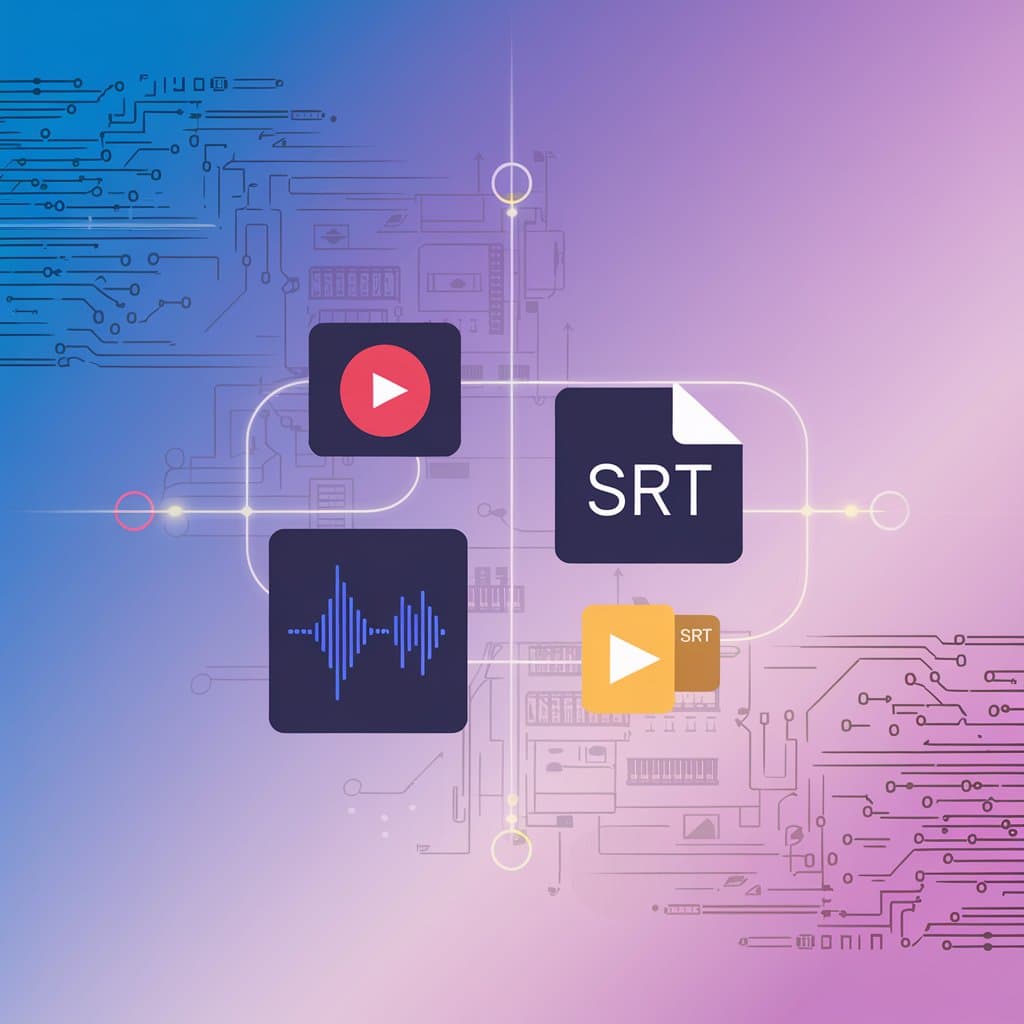Enhance Your i18n Workflow with GPT: A Case Study

O.Translator
Nov 25, 2023

Don’t Let Language Be the Ceiling on Your Growth: Effortlessly Achieve Website Internationalization (i18n) with AI
Your product shines brilliantly, and your brand story is compelling—but if all of this is shared in only one language, you’re like a world-class singer performing solely on a local stage, potentially missing out on 90% of your global audience. In today’s interconnected world, the ceiling on growth is often set by the boundaries of language.
Website Internationalization (i18n)—while this term might sound a bit technical, its core concept is remarkably straightforward: Design and develop your website from the outset so it can effortlessly welcome users from different countries and cultures, regardless of language.
This is not just about translating text into multiple languages. It’s a comprehensive approach, covering multilingual support, timezone and currency adaptation, and even UI design that aligns with local aesthetics. The foundation of all this—and the most critical first step—is equipping your website with powerful multilingual capabilities.
Is your website ready to go global? Opportunities and challenges go hand in hand.
When your website begins to speak the 'language of the world,' the growth flywheel accelerates like never before. Of course, every opportunity comes with its own set of challenges.
Opportunity: The powerful lever to unlock global markets
- Building Cross-Cultural Trust: Picture this—a user in Paris visits your website and is welcomed in warm, familiar French. Wouldn’t their impression of your brand instantly soar? Communicating with users in their native language is the most effective way to break down cultural barriers and establish trust. As emphasized by the Harvard Business Review, localization can dramatically enhance customer engagement.
- Unlock Global SEO Traffic: When you optimize your content for different languages and regions, you position yourself favorably in search engines across these markets. This means a continuous flow of free, organic traffic—instead of always depending on costly advertising. Want to explore further? The official Google International SEO Guide is your essential handbook.
- Forge a Professional International Brand Image: A multilingual website serves as a silent international business card. It proclaims to the world: this is a company with global vision and capability, worthy of trust and partnership.
The O.Translator official website is itself a testament to website internationalization (i18n); we use our own product to deliver a seamless native-language experience to users around the globe.
Challenge: The Unavoidable Translation Pitfalls
- Quality Trap: Poor machine translation doesn’t just lead to embarrassing mistakes—it can seriously undermine your brand’s reputation. Genuine translation demands a deep understanding of grammar, cultural context, and even online slang.
- The Cost and Efficiency ‘Trolley Problem’: Striving for high-quality human translation comes with a hefty budget and lengthy timelines. Especially in the fast-paced internet industry, every content update must endure the painful cycle of ‘export-translate-import-test,’ which can drastically slow your speed to market.
Leave Behind the Primitive Methods: How Can AI Accelerate Website Translation?
How painful is the traditional multilingual website process? Just ask your development team.
It’s a time-consuming and exhausting tug-of-war between developers and translators. Engineers must act like bomb disposal experts, meticulously extracting every piece of text from the codebase—often in specialized formats like .po files—then packaging and sending them to the translation team, and entering a long period of waiting. After translation, the files need to be imported back, deployed, and tested... Any error in any step can lead to garbled website displays or launch delays.
In the past, handling these types of code files was the most challenging bottleneck in every internationalization (i18n) project.
Now, O.Translator is revolutionizing the game with AI.
Our R&D team simply uploads the original .po files, and O.Translator’s powerful AI translation engine delivers high-quality translations—comparable to those produced by professional human translators—in just seconds, all while fully preserving the original file format. From downloading and configuring to going live, the entire process is seamless, allowing developers to stay focused at their workstations.
Today, all 80+ language versions of the O.Translator website are managed entirely by the tool itself, and we have personally experienced this unprecedented level of efficiency.
Interested in the technical details? Join our O.Translator Tech Community to connect directly with fellow developers.
Why is O.Translator your ideal partner for achieving website internationalization?
If you are seeking a website internationalization solution that delivers quality, efficiency, and cost advantages, O.Translator is your go-to choice.
-
Translation Quality on Par with Human Experts We have seamlessly integrated world-class AI translation models such as GeminiPro and GPT-4, and have specially optimized them for website content and context—ensuring your translations are accurate, natural, and truly authentic.
-
A Dual Revolution in Cost and Efficiency Compared to traditional human translation services that often cost thousands or even tens of thousands of dollars, O.Translator reduces costs by an order of magnitude. Even more importantly, it transforms translation tasks that once took days or even weeks into a matter of minutes, so your product updates and marketing initiatives are never constrained by translation timelines.
-
Take Complete Control of Translation Details We understand that certain terms are simply too important to risk mistranslation. O.Translator provides a powerful Glossary feature, enabling you to set consistent and accurate translations for company names, brand slogans, or technical terms. At the same time, all AI translation results can be manually reviewed and fine-tuned in the Post Editing interface, ensuring the final output fully meets your requirements.
It's time to break through language barriers and let your brand story be heard worldwide. Try O.Translator now and take your first step toward global expansion.


